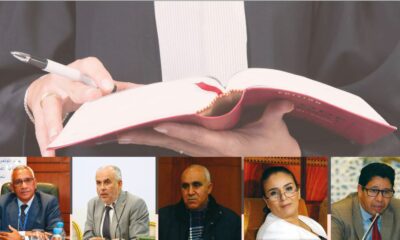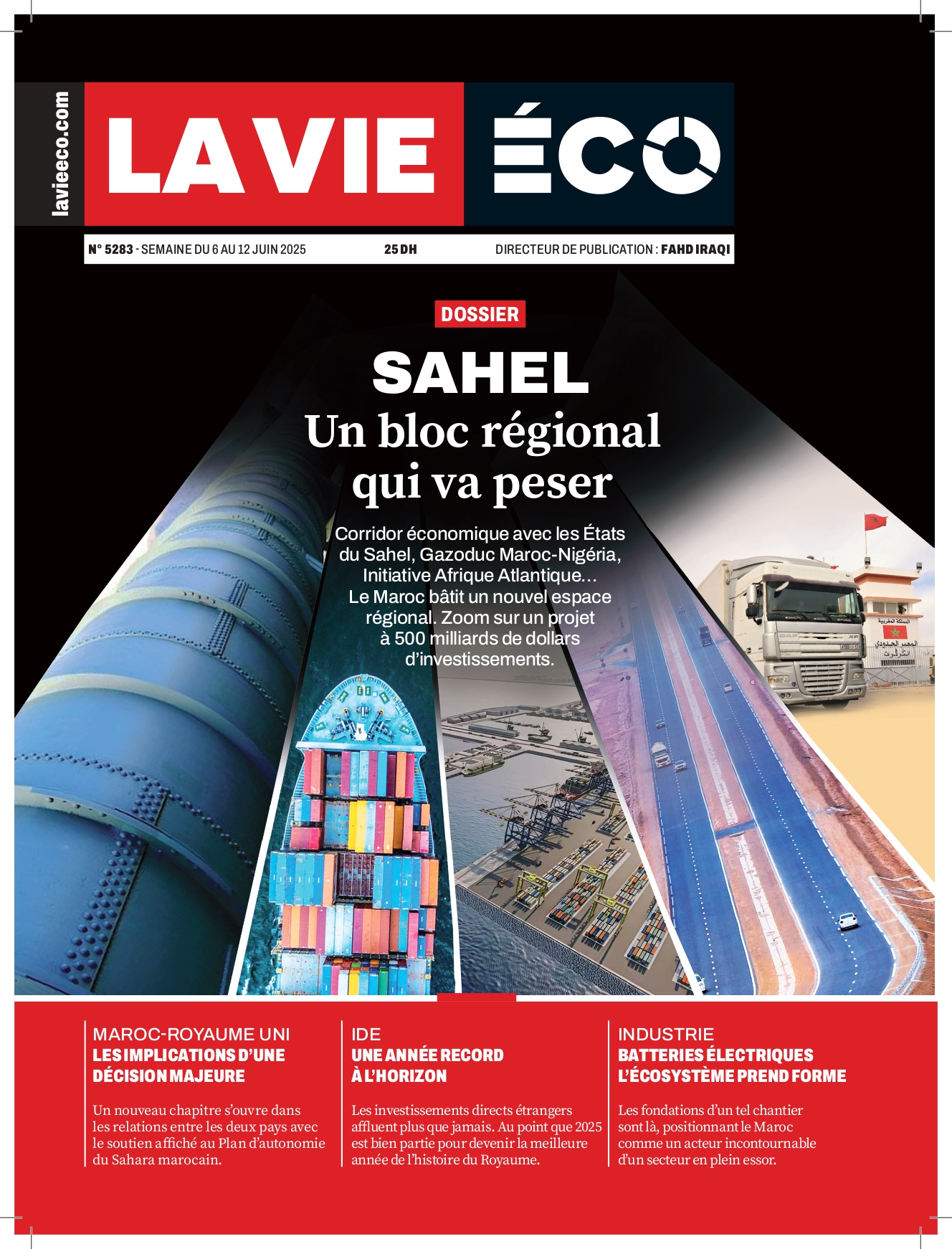Business
UCITS: Structural Reform Takes Shape
The long-awaited Law 03-25 on UCITS has finally been enacted. Key updates include: new categories, new compartments, currency-denominated funds, dedicated UCITS, UCITS-RFA… Details.

The capital market continues to modernize. The latest development is Law 03-25 on UCITS, presented by Nadia Fettah, Minister of Economy and Finance, to the Finance and Economic Development Committee of the House of Representatives.
This initiative aligns with the Ministry’s efforts to support measures aimed at boosting savings mobilization and channeling them toward national economic development. Key objectives of this regulatory overhaul include enhancing the Moroccan financial market’s appeal to investors and creating a more flexible legal framework to meet market players’ needs.
A major innovation introduced by this regulatory text is the integration of a new category alongside the traditional framework: Participatory UCITS (OPCVM participatif).
Designed to comply with Islamic finance principles, this UCITS invests exclusively in Sharia-compliant assets, such as sukuk certificates, participatory deposits, and shares of listed companies whose activities, assets, and liabilities adhere to Sharia criteria. These criteria are defined by the authorities, based on proposals from the Moroccan Capital Market Authority (AMMC) and after approval by the Supreme Council of Ulemas.
Additionally, the regulation has paved the way for listing UCITS on the stock exchange. A listed UCITS must register its shares on the stock exchange’s official list and include the designation “ETF” in its name. Its strategy must involve replicating a benchmark index with a diversified composition, which must also be publicly disclosed.
The management company’s operational framework now requires the calculation of an indicative net asset value (iNAV) throughout the trading session. One or more market makers are mandated to ensure liquidity and maintain the gap between the ETF’s price and its iNAV within a range set by the authorities, following proposals from the AMMC.
Master and Feeder UCITS
The draft law has also introduced the possibility of establishing master and feeder UCITS. Feeder UCITS may invest 85% of their assets in a single master UCITS, retaining 15% in cash. Notably, a master UCITS cannot itself act as a feeder.
Among other obligations, the master UCITS is required to enter into a data-sharing agreement with its feeder(s) and provide all necessary information. Additionally, if one suspends redemptions, the other is compelled to follow suit, ensuring seamless synchronization of investor flows.
Another innovation further complements this framework. The regulatory text expands the list of eligible assets for Moroccan UCITS portfolios. It now permits holdings of foreign assets governed by legislation deemed equivalent by the AMMC, provided they are currency-denominated and comply with foreign exchange regulations.
When a UCITS holds such foreign-regulated assets, the Moroccan depository institution must delegate custody to a licensed bank in the relevant country, assuming full responsibility for this delegation. Despite this outsourcing, the depository remains fully accountable to Moroccan unit holders.
Dedicated or RFA: A Wealth of Options
Asset management companies can now establish dedicated UCITS (OPCVM dédiés), which are closed to the general public but open to a limited group of qualified investors, capped at 20 in total. Each investor must sign a management mandate outlining the fund’s purpose, strategy, redemption terms, and the management company’s fees.
In exchange for this contractual relationship, dedicated UCITS are exempt from minimum subscription/redemption commissions and from publishing their prospectus in the legal press, even after approval by the Moroccan Capital Market Authority (AMMC). This structure is ideal for club deals or family offices seeking a private, collective investment framework.
Additionally, UCITS will now include a streamlined-operational category, referred to as UCITS-RFA (akin to OPCI and OPCC frameworks), aimed at accelerating capital deployment into the real economy. While still supervised by the AMMC, these vehicles diverge from standard regulatory templates.
Their key feature is an accelerated approval process of 15 days, compared to the 45 days required for traditional UCITS. The law also grants expanded prudential flexibility, allowing UCITS-RFA to invest up to 35% of their assets in a single issuer or in specific instruments like OPCI, OPCC, or FPCT (real estate or private equity vehicles).
Compartmentalized Funds: A New Era
Law 03-25 fundamentally modernizes UCITS structures by introducing the compartmentalization principle. Under the new rules, a UCITS may establish one or multiple compartments at inception or create additional ones during its operational lifespan.
Each compartment is treated as a separate UCITS entity, requiring segregated accounting. Crucially, financial liability is ring-fenced to the assets of each compartment, ensuring that any default, breach, or failure in one compartment does not affect others.
This framework empowers management companies to offer multiple isolated investment strategies under a single legal umbrella, enhancing flexibility while maintaining operational and financial independence across compartments.













